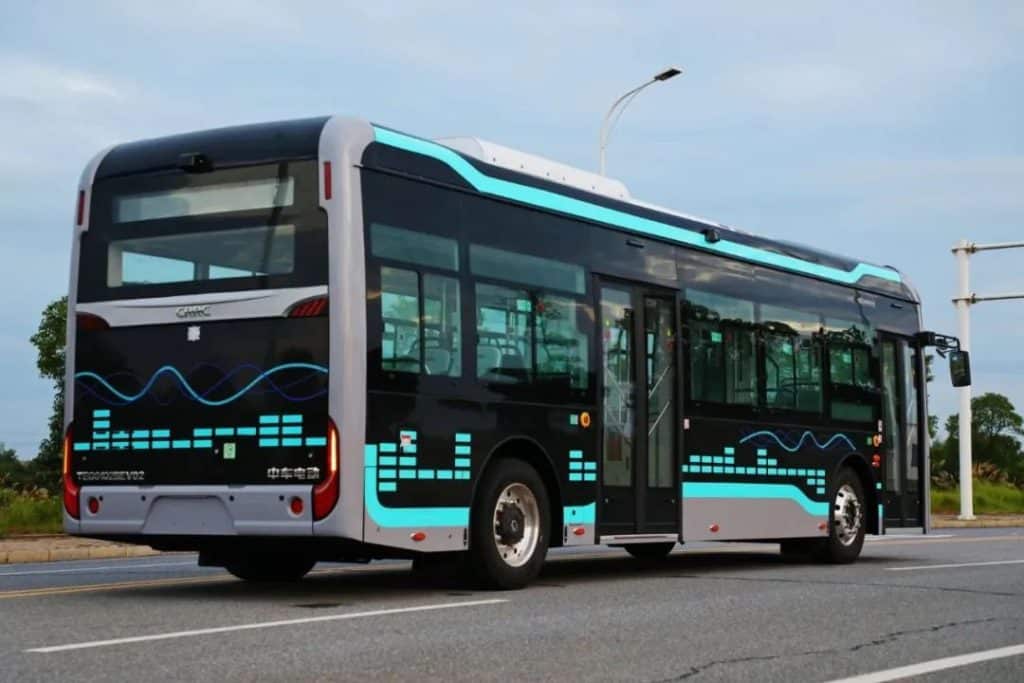As the global shift toward electrification accelerates, electric buses are becoming central to sustainable urban mobility. However, one of the most overlooked factors influencing their performance is the AC System (air conditioning system). In hot summers or cold winters, AC usage can significantly reduce a bus’s driving range, impacting operational efficiency and route planning.

Air conditioning systems are among the most power-intensive components in an electric vehicle. Unlike internal combustion engine buses that generate excess heat, electric buses must rely entirely on battery power for both propulsion and climate control. This dual demand can quickly drain the battery.
In high-temperature or low-temperature environments, buses must run the air conditioning system continuously to maintain a comfortable cabin climate. For instance, when AC is turned on, the range of a BYD B8 can drop from 315 km to 270 km—a 14% reduction. This loss is significant for operators managing tight schedules and limited charging windows.
The AC compressor is the primary energy consumer in the HVAC unit, typically operating between 3 to 6 kW. Under harsh weather conditions, the compressor must work longer and harder, substantially increasing energy consumption.
Fans, pumps, and other auxiliary systems within the AC unit may seem negligible individually, but their continuous operation adds up. Collectively, they contribute to the overall battery drain and impact the effective range of the vehicle.
To mitigate the energy loss from air conditioning systems, manufacturers and fleet operators are turning to innovative technologies that improve efficiency without compromising passenger comfort.
CO₂ (R744) is an eco-friendly refrigerant with superior heating capabilities in winter. It is non-toxic, non-flammable, and works efficiently even at low ambient temperatures—making it a strong candidate for next-generation electric bus HVAC systems.
An optimized Battery Management System (BMS) can significantly increase energy efficiency. A well-calibrated BMS ensures precise charging and discharging, better heat distribution, and longer battery life, all of which support improved AC performance and extended vehicle range.
With smart technologies like IoT and 5G, modern AC systems can dynamically respond to real-time environmental data. Sensors inside the bus measure temperature, humidity, and CO₂ levels to adjust AC output automatically—reducing unnecessary energy use while ensuring passenger comfort.
Heat pumps operate by transferring ambient heat into the cabin, making them far more energy-efficient than electric resistance heaters. For example, the Yutong 2024 C12E electric bus utilizes heat pump technology to maintain comfort while maximizing range—up to 370 km even with the AC on.
Driver behavior and maintenance play a crucial role in minimizing energy loss during daily operations:
The air conditioning system is essential for passenger comfort but can also be a silent energy drainer in electric buses. By leveraging smart technology, efficient refrigerants, and optimized vehicle management strategies, operators can enhance range, reduce costs, and deliver better service—even in peak summer months.
For the latest news please view Brogen’s Linkedin. For more videos please click Brogen’s Youtube.